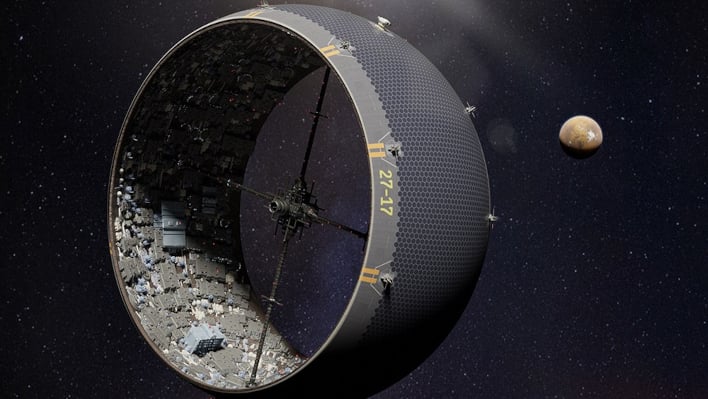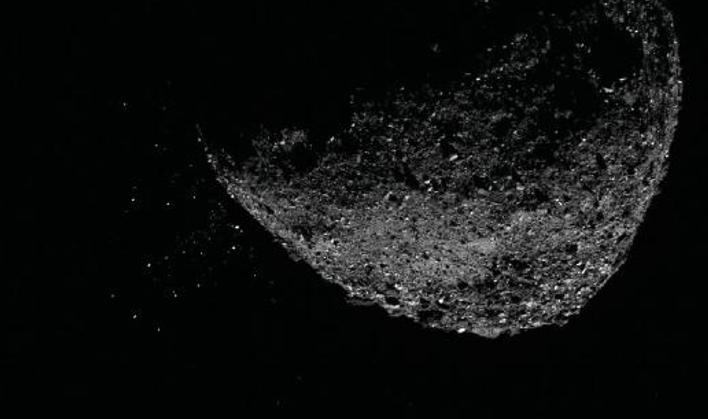Scientists Outline A 'Wildly Theoretical' Proposal For Building Cities Inside Asteroids

While companies such as Elon Musk's SpaceX and Jeff Bezos's Blue Origin compete for government-funded contracts, the "New Space" movement also sees aerospace companies working to develop low-cost access to space for all. The dilemma facing these companies lies in how to build a colony of homes, buildings, and other structures for millions to live and work. Recent research from a group of scientists from the University of Rochester says the future may lie in asteroids.
"Our paper lives on the edge of science and science fiction," explained Adam Frank, a Professor of Physics and Astronomy. "We're taking a science fiction idea that has been very popular recently, in TV shows like Amazon's The Expanse, and offering a new path for using an asteroid to build a city in space."

The concept of an O'Neill cylinder originated in 1972 when NASA commissioned physicist Gerard O'Neill to design a space habitat that could feasibly allow humans to live in space. O'Neill and his colleagues devised a plan for "O'Neill cylinders," spinning space colonies that consist of two cylinders rotating in opposite directions, with a rod connecting the two cylinders at each end. The cylinders would rotate quickly enough to produce artificial gravity on the inner surface, while being slow enough to provide an environment where people would not get motion sickness.
While the scientists recognized that asteroids would provide a "faster, cheaper, and more effective path to space cities," they also realize that there are some major hurdles that would have to be overcome. One is that the rock that comprises asteroids is not strong enough to handle getting even one-third of Earth's gravity from spinning. This in turn brings about another dilemma, which is most asteroids are not solid rock, but rather "rubble piles."

The solution the scientist imagined is a very flexible bag. "A cylindrical containment bag constructed from carbon nanotubes would be extremely light relative to the mass the asteroid rubble and the habitat, yet strong enough to hold everything together," stated Miklavčič. "Even better, carbon nanotubes are being developed today, with much interest in scaling up their production for use in larger-scale applications."
In theory, the bag would envelop and support the entire spinning mass of the asteroid's rubble and the habitat within, while also supporting its own weight as it rotates.
The scientists fully realize that no one will be building asteroid cities anytime soon. However, they believe that the technologies required to create this type of engineering do not "break any laws of physics." You can read the full research paper on Frontiersin.org.

